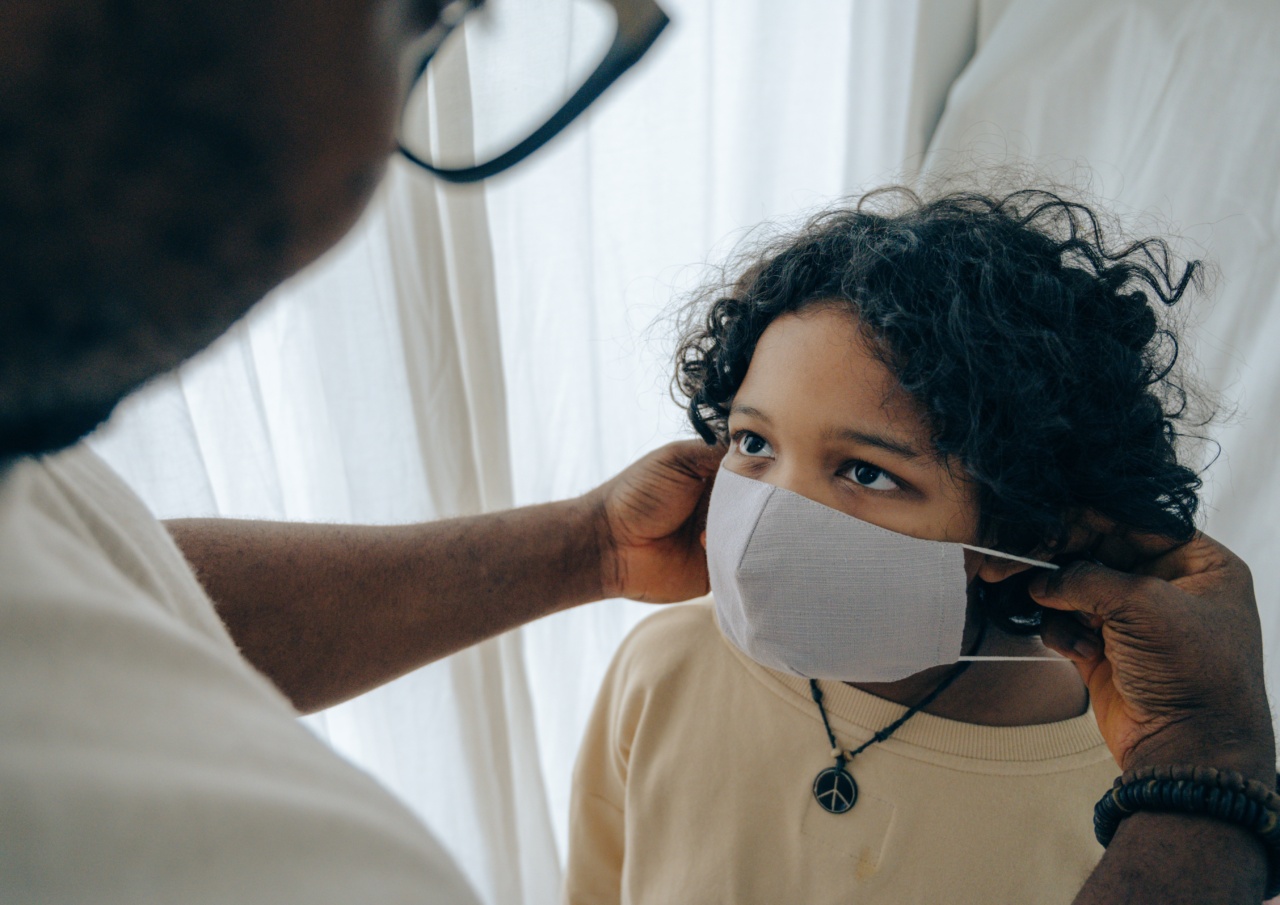Antiseptics are marketed as the solution for killing germs and protecting our children from harmful bacteria. In reality, however, these products may pose a hidden danger to kids.
Here are the important facts and risks you need to know regarding antiseptics for kids.
What Are Antiseptics?
Antiseptics are agents used to kill or inhibit the growth of microorganisms such as bacteria, viruses, and fungi. They are available in various forms, including sprays, solutions, wipes, and creams.
People typically use antiseptics to clean and disinfect wounds, skin, and surfaces to mitigate the spread of infections.
Common Antiseptics Used for Kids
The following are some of the antiseptics commonly used for kids:.
- Hydrogen peroxide
- Isopropyl alcohol
- Bacitracin
- Neosporin
- Chlorhexidine
- Iodine
- Erthromycin ointment
- Povidone-iodine
- Clindamycin
- Mupirocin
The Risks of Using Antiseptics for Kids
Antiseptics are marketed as safe and effective for kids. However, the frequent use of antiseptics may have negative effects on kids’ health. Some of the risks of using antiseptics for kids include:.
1. Allergic reactions
Antiseptics may trigger allergic reactions in kids. The symptoms of an allergic reaction may include hives, itching, swelling, and difficulty breathing.
If your child exhibits allergy symptoms after using antiseptics, discontinue use and consult your pediatrician.
2. Risk of antibiotic resistance
The overuse of antiseptics can cause antibiotic resistance. Antibiotic resistance happens when bacteria adapt to resist the effects of antibiotics. Consequently, it may be harder to treat infections that were once manageable with antibiotics.
3. Skin irritation
Antiseptics may cause skin irritation, especially in kids with sensitive skin. The symptoms of skin irritation may include itching, redness, and peeling.
4. Toxicity
Some antiseptics, such as isopropyl alcohol, can be toxic when ingested or used in large quantities. Antiseptics must be stored out of reach of children to mitigate accidental ingestion.
5. Disrupt the microbiome
The frequent use of antiseptics can disrupt the balance of the skin and gut microbiome. The microbiome comprises good bacteria that help to support our immune system, digestion, and overall health.
Alternative Solutions to Antiseptics for Kids
The following are some of the alternative solutions to antiseptics for kids:.
1. Soap and Water
The most effective way to clean hands and wounds is by using soap and water. This combination works by lifting and removing dirt, grime, and pathogens from the skin.
2. Natural Cleansers
Some natural cleansers, such as tea tree oil and honey, have antibacterial properties that may help clean wounds and skin. Be sure to consult your pediatrician before using natural cleansers to clean wounds or skin.
3. Probiotics
Probiotics are supplements containing beneficial bacteria that can help support the microbiome. They can be taken orally or applied topically on the skin to support a healthy balance of bacteria.
How to Use Antiseptics Safely for Kids?
The frequent use of antiseptics is not recommended for kids. However, antiseptics may be necessary to clean wounds or prevent the spread of infections. Here are some tips to use antiseptics safely for kids:.
1. Use in moderation
Use antiseptics sparingly and only when necessary. Use soap and water or natural cleansers, as mentioned above, for routine cleaning.
2. Choose the right product
Certain antiseptics may not be suitable for kids, especially those with sensitive skin. Consult your pediatrician before using antiseptics to clean wounds or skin.
3. Follow the instructions
Always read and follow the instructions on the label when using antiseptics. Incorrect use of antiseptics may cause skin irritation or toxicity.
4. Store correctly
Store antiseptics out of reach of kids to prevent accidental ingestion.
Conclusion
Antiseptics may have hidden dangers that parents need to be aware of. Be sure to consult your pediatrician before using antiseptics to clean wounds or skin. Opt for alternative solutions that pose less risk to your child’s health.
When using antiseptics, use them in moderation, choose the right product, follow the instructions, and store them out of reach of kids.






























